Qualified Signatures: An Exploration of Alternative Legal Approaches
Updating Your Signature on Official Documents
Qualified Signatures: An Exploration of Alternative Legal Approaches
Disclaimer: This is not legal advice.
Over the years, many have sought ways to assert their rights and limit government overreach in contractual agreements. One approach that some have explored is the concept of qualified signatures, which aims to clarify that one is not waiving inherent rights when signing documents.
Historically, a qualified signature—such as signing with “Without Prejudice” (WOP) or “All Rights Reserved”—has been suggested as a way to indicate that a person is not forfeiting legal protections. However, the effectiveness of this method is debated and depends on the context and jurisdiction.
This article explores a personal experience with updating official signatures while acknowledging the uncertainties surrounding its legal impact.
Updating Your Signature on Official Documents
Some individuals have attempted to update their signatures on official documents, including:
✔ Passports
✔ Driver’s licenses
✔ Health cards
✔ Vehicle registration
✔ Bank accounts
✔ Insurance policies
I personally went through this process, and it took me two working days to update my signatures.
How I Did It:
1️⃣ Ordered my Long-Form, Live Birth Registration online from the province of my birth.
2️⃣ Applied for my passport using the Long-Form Birth Registration and signed it Without Prejudice (WOP).
3️⃣ Visited Service Ontario to update my driver’s license, health card, and vehicle registration.
4️⃣ Scheduled a meeting with my bank to update my signature on all accounts.
5️⃣ Sent a notarized letter to my auto insurance provider with my updated signature.
A Notice of Amendment of Signature can be notarized and sent via registered mail to any corporation where you wish to update your signature. However, some institutions may reject a modified signature or require further clarification. The practical effects of this approach remain uncertain.
Using Your Passport as ID
A passport signed “Without Prejudice” can serve as a widely accepted form of identification. However, whether the addition of this phrase has any legal weight is untested in most official contexts. It is always advisable to understand the jurisdictional implications before relying on this method.
The Legal Distinction Between a Man/Woman and a Person
There is an important legal discussion regarding the distinction between a man or woman and a legal person.
📌 A "Person" in legal terms generally refers to an entity with recognized legal rights and obligations, including individuals, corporations, and associations. Many government statutes define "persons" to include both natural persons and corporate entities.
📌 A "Man" or "Woman" is a term referring to a living being, which some argue exists outside the legal definition of a person. Certain legal theorists claim that statutory laws apply only to “persons” as defined by law, and that asserting one’s identity as a man or woman rather than a person may alter legal obligations. However, courts typically do not recognize this distinction when enforcing laws.
This debate often extends to the Birth Certificate vs. Long-Form Birth Registration discussion.
The Importance of Long-Form, Live Birth Registration
There is a legal distinction between a Birth Certificate and a Live Birth Registration, though their application remains within existing legal frameworks.
📌 A Birth Certificate is a government-issued document that registers an individual under the state system for identification and administrative purposes. Some argue that this registration creates a corporate entity under government jurisdiction, though this interpretation is not formally recognized in conventional law.
📌 A Long-Form Birth Registration records the details of birth, listing the individual as a man or woman rather than a state-registered entity. While this document serves as the foundational proof of birth, it does not inherently override a Birth Certificate in government or court use.
Whenever possible, using your Long-Form Birth Registration as an identity document may provide additional details, but its legal distinction depends on interpretation and jurisdiction.
No Trespass Notice: Protecting Your Rights at Home
A No Trespass Notice placed on your door can help establish legal boundaries and reinforce your right to privacy and property protection. This is a widely recognized method for setting limits on unwanted access.
A Call for Exploration, Not Assumptions
The qualified signature method and related legal concepts are still largely untested in formal legal challenges. While some individuals believe these approaches help reinforce their rights, it is important to approach this with a mindset of exploration rather than assumption.
I share my experience in updating signatures and engaging with these concepts not as a proven strategy, but as part of a broader discussion on individual rights. If you have tested or refined these methods, I would love to hear your feedback!
Let's continue working together to explore ways to assert our freedoms responsibly and accurately.


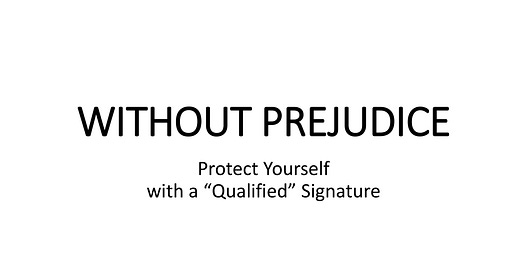



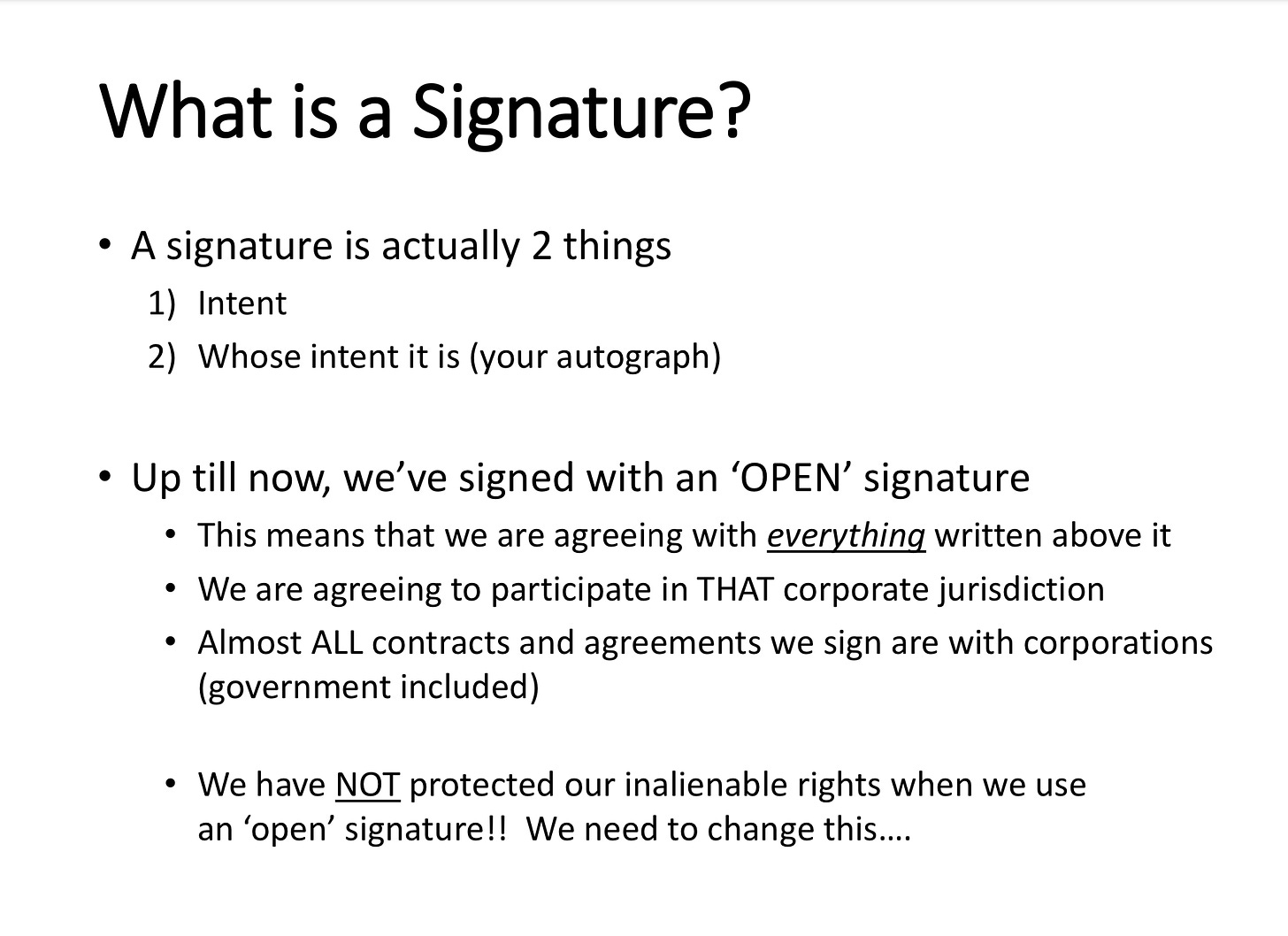
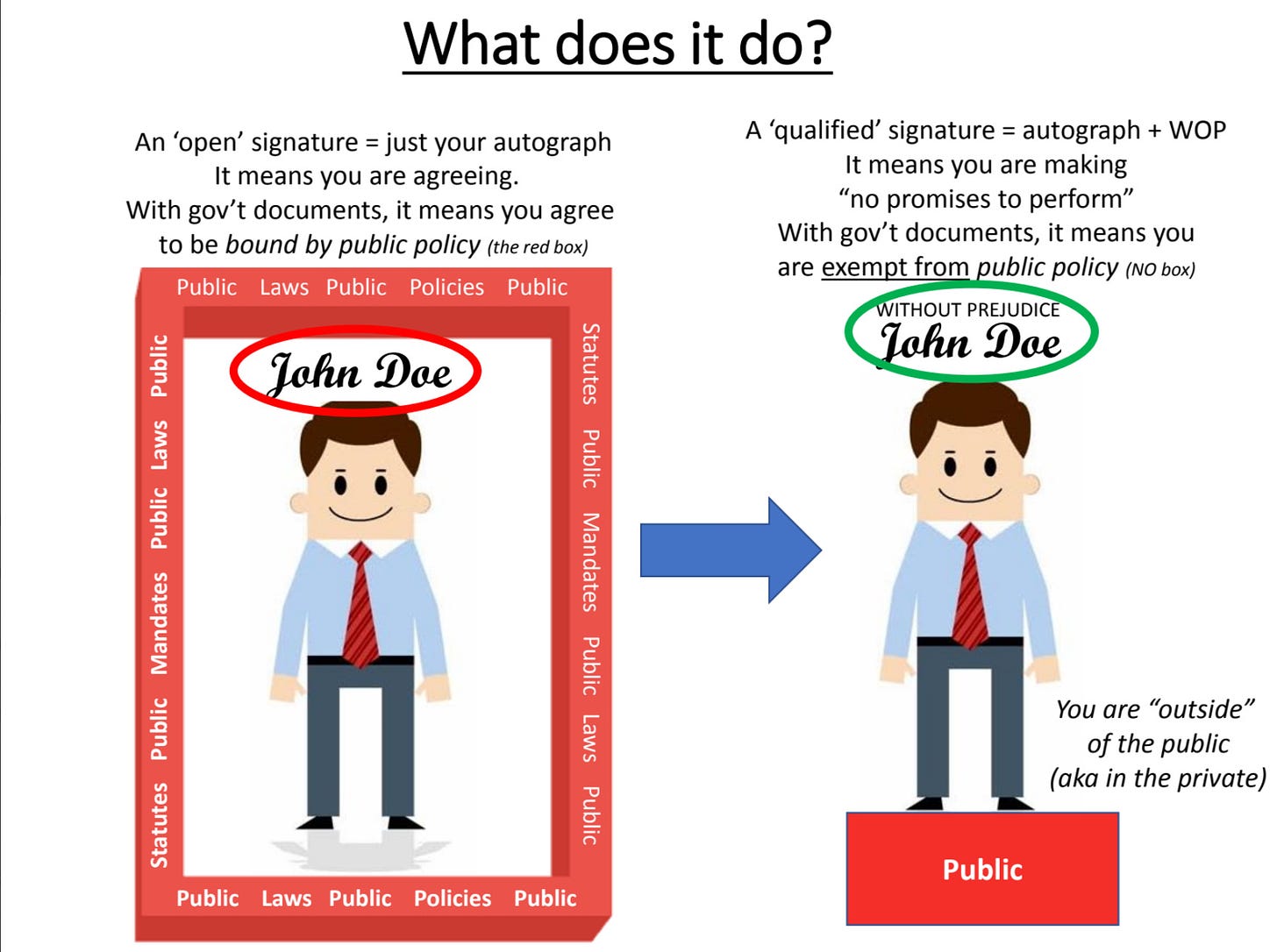


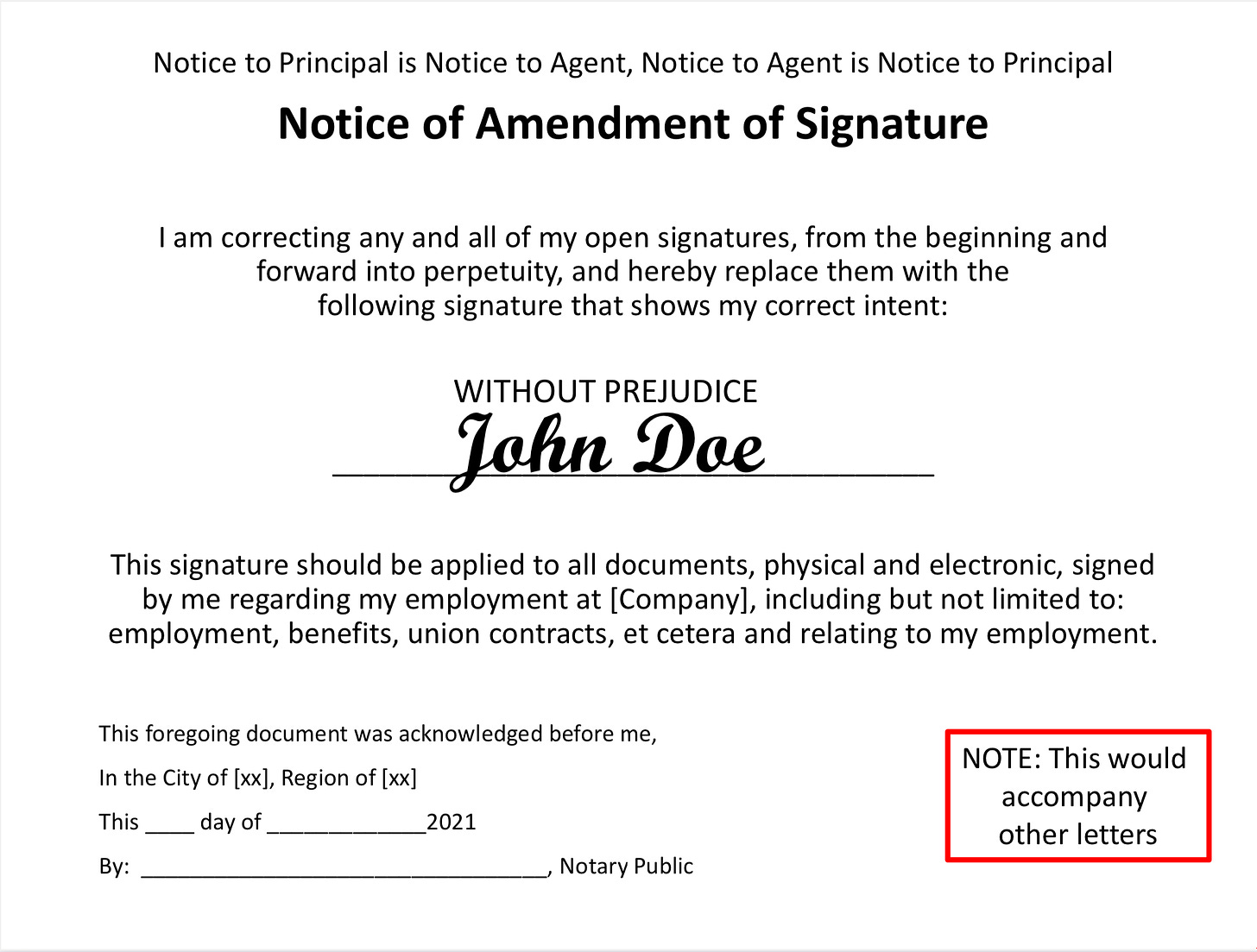
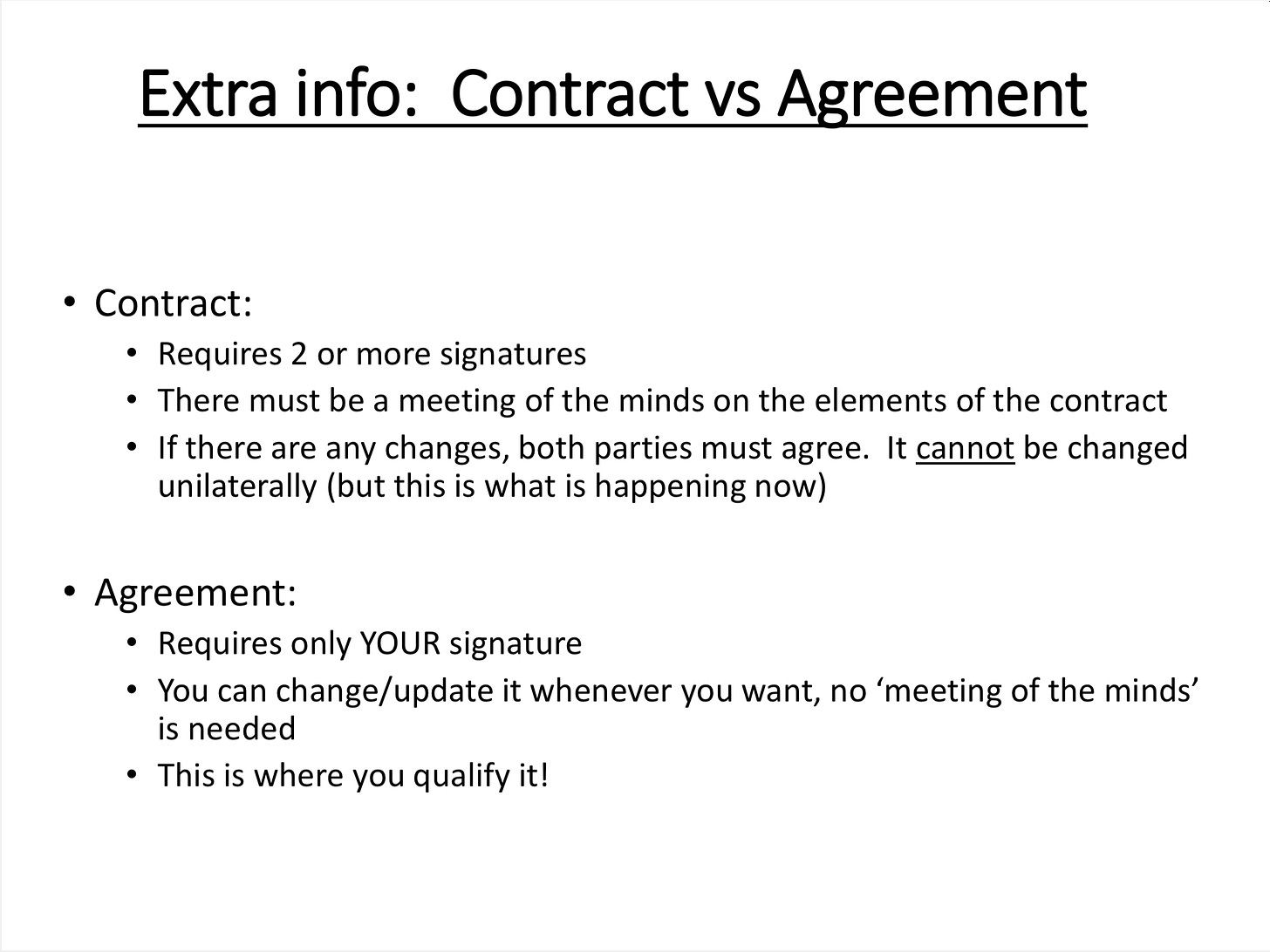
Thank you for this. Amazing!
Is this the same as officially identifying as a sovereign being? Is there an official thing for this? I’m still learning lol